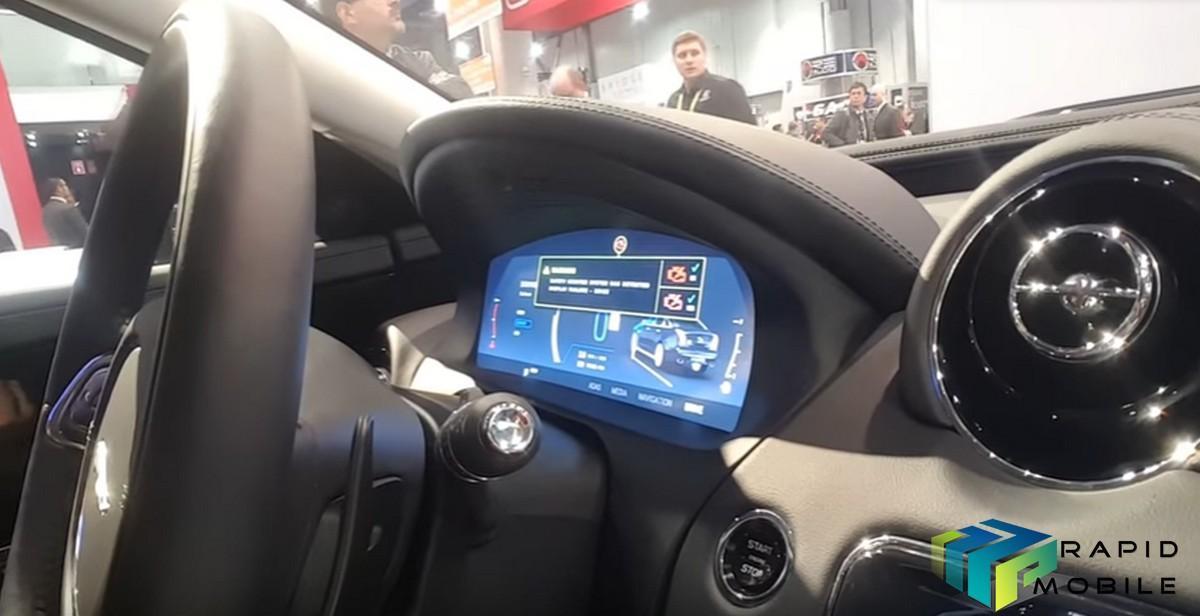BlackBerry QNX has achieved compliance certification to the ISO 21434 standard for automotive cybersecurity.
BlackBerry says that this certification, conferred by TÜV Rheinland, underscores the company’s commitment to supporting global automakers in prioritising security in increasingly connected next-generation vehicles.
This compliance with the global cybersecurity standard ensures that QNX’s development processes adhere to stringent security requirements. The certification includes rigorous testing and validation at every stage of the product lifecycle, from development and production to the maintenance of vehicles in the field.
QNX is developing secure, reliable, and resilient automotive foundational software by meeting these standards. This includes advanced driver assistance systems (ADAS), digital cockpits, automotive audio, gateways, zonal and domain controllers, telematics, and diagnostic systems.
Grant Courville, Vice President of Products and Strategy at QNX, commented on this achievement:
“In the new era of connected and software-defined vehicles, security throughout the vehicle lifecycle is more important than ever. Certification to ISO 21434 is a significant achievement. It allows our customers to leverage our Cybersecurity Management System to augment the security of their QNX-based automotive systems and comply with WP.29 UN Regulation R155.”
“It’s further testimony to the rigour of QNX processes that help enable security and safety throughout the lifecycle of QNX-based systems in an increasingly connected and vulnerable digital landscape,”
The ISO 21434 standard provides a comprehensive framework for designing automotive systems with cybersecurity in mind from the outset. Courville elaborated on the automotive industry’s ongoing cybersecurity challenge, acknowledging that the threat has never been more significant.
Courville added,
“Because there is no safety without security, ISO 21434 shares complementary goals with ISO 26262, the functional safety standard for the development of electrical and electronic systems in road vehicles. The two standards emphasise the importance of integrating their respective criteria into the overall engineering process, and both cover the lifecycle of a product from concept to maintenance to decommissioning.”



